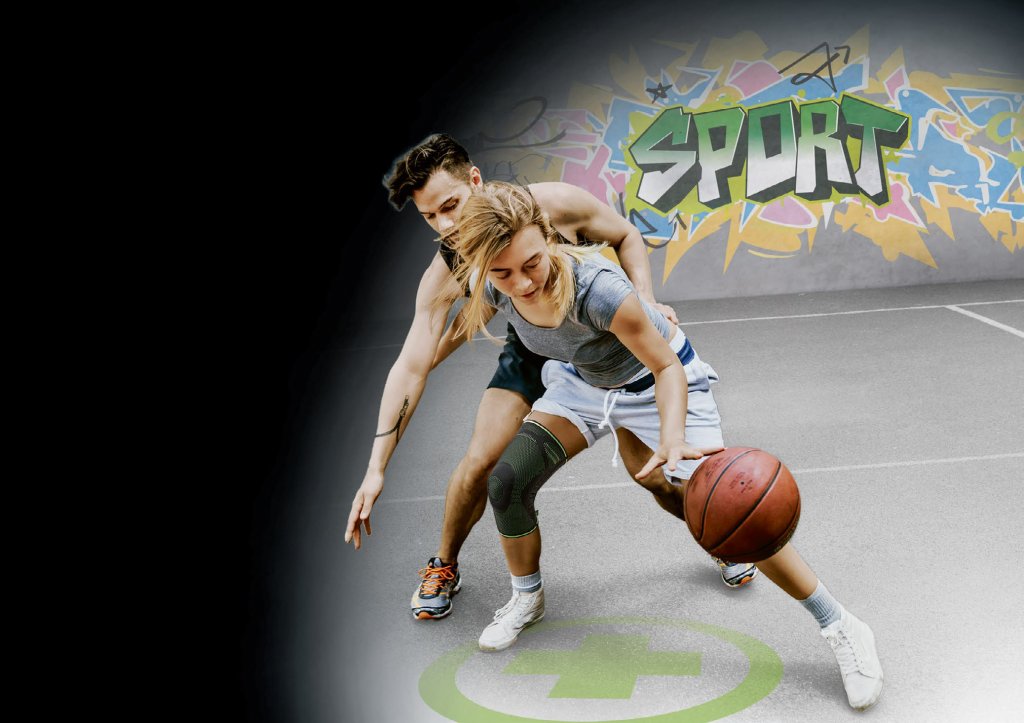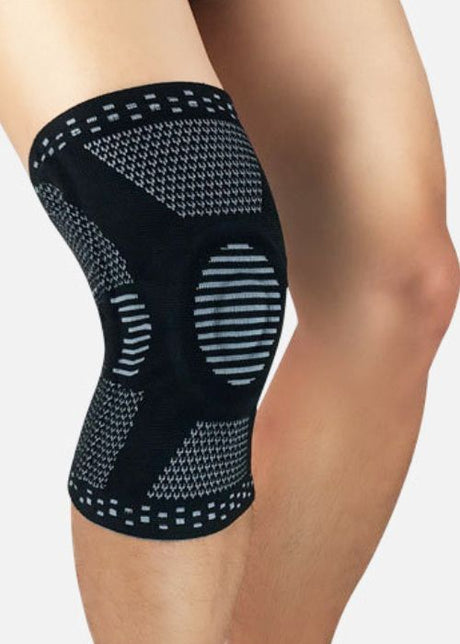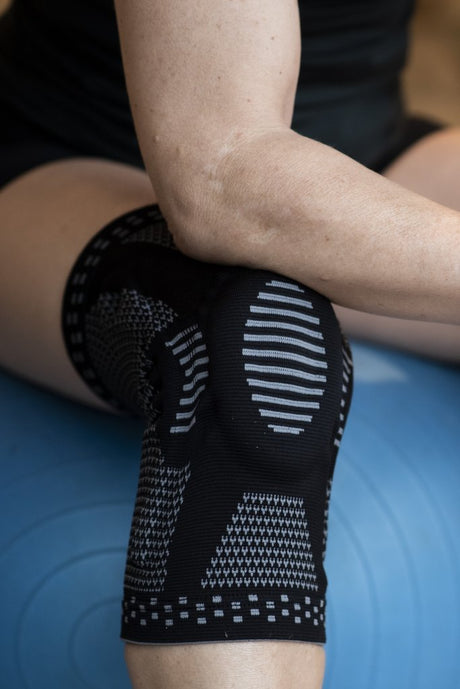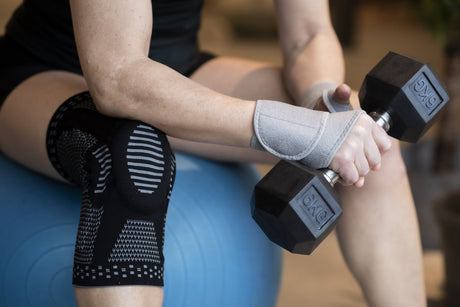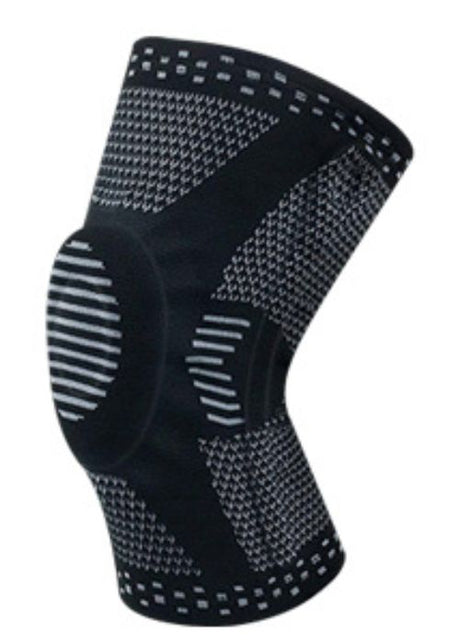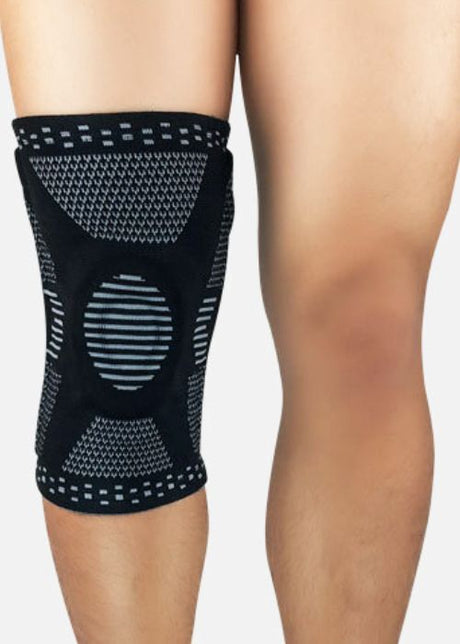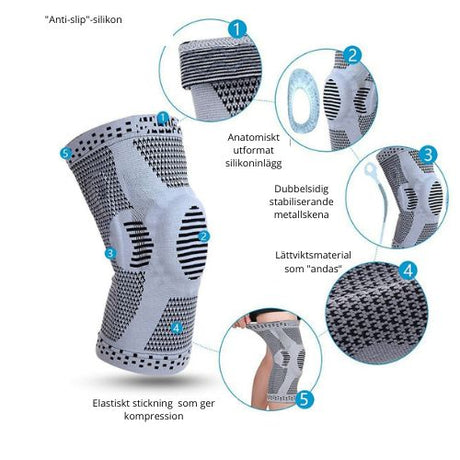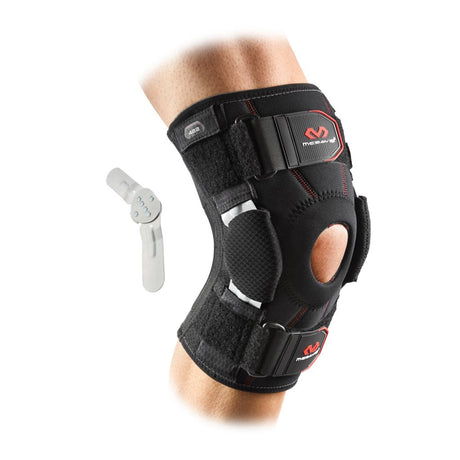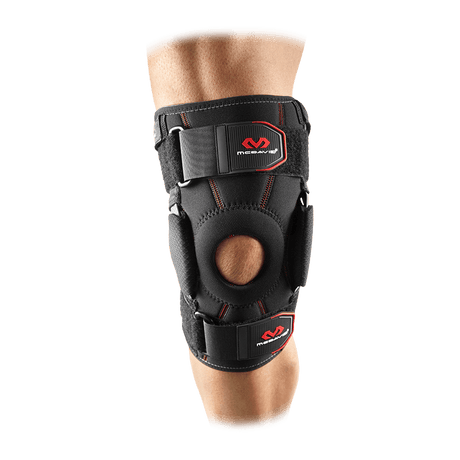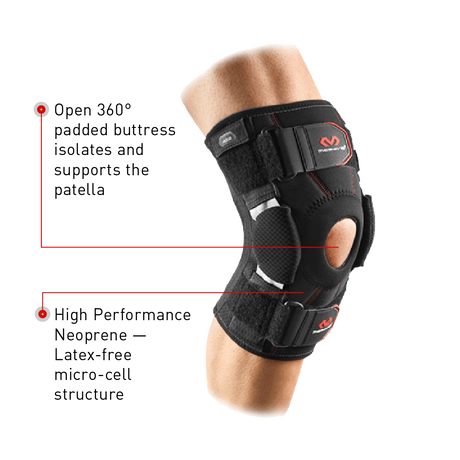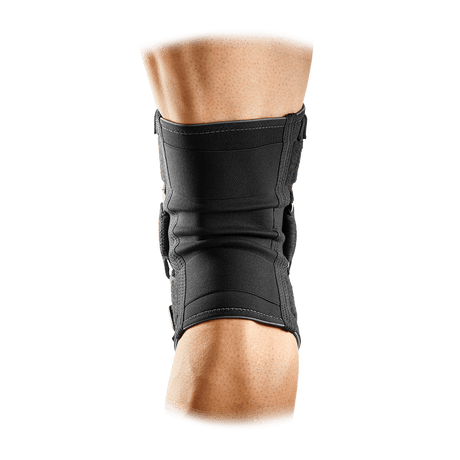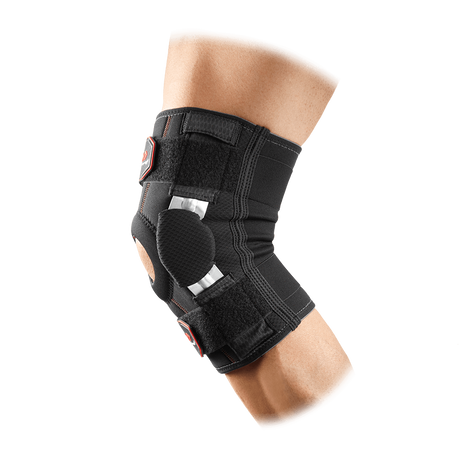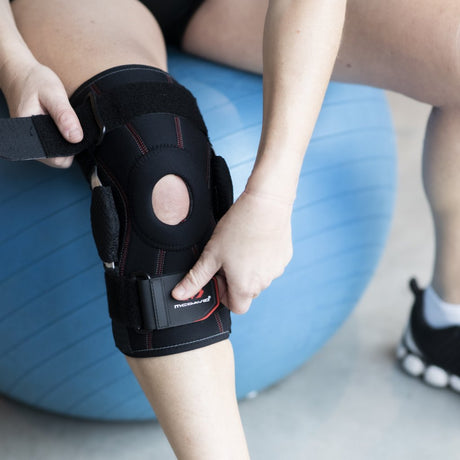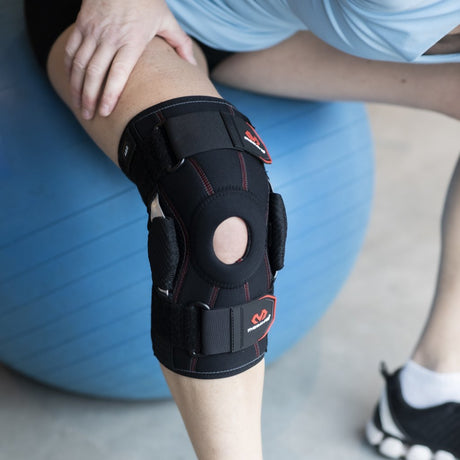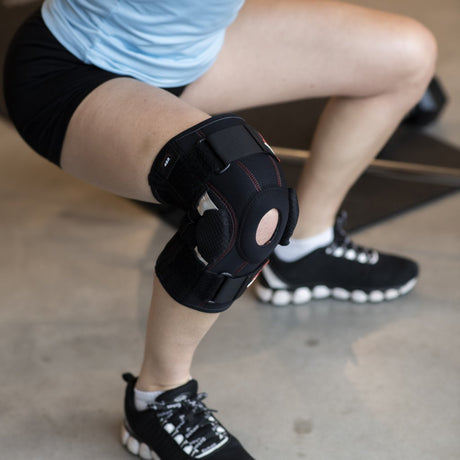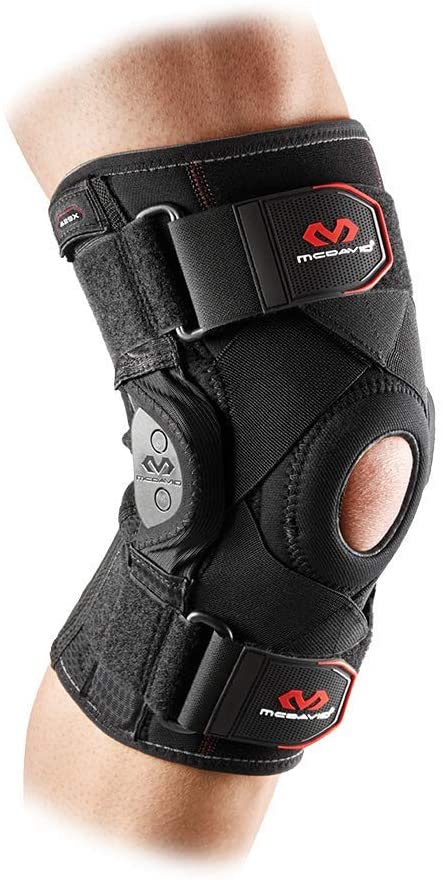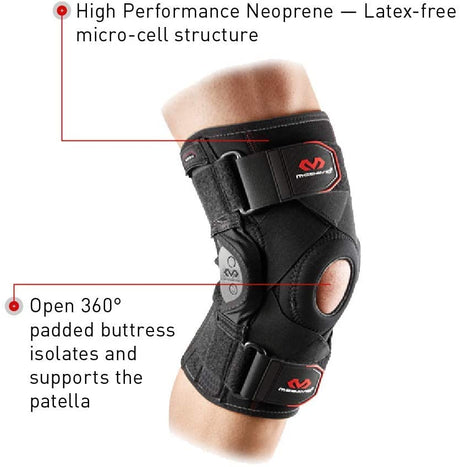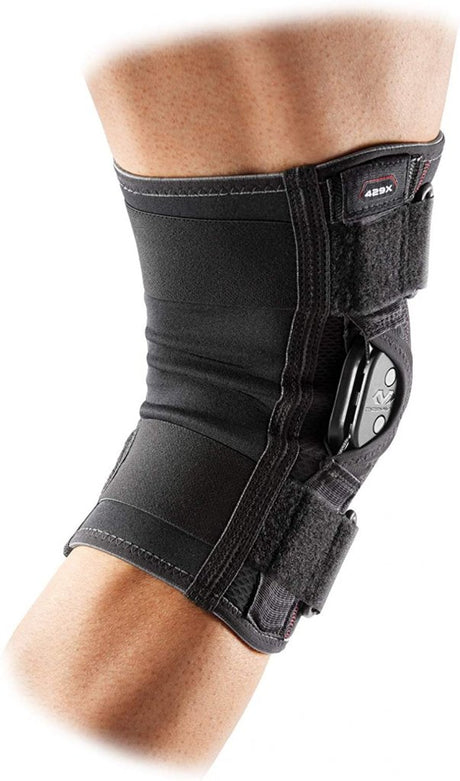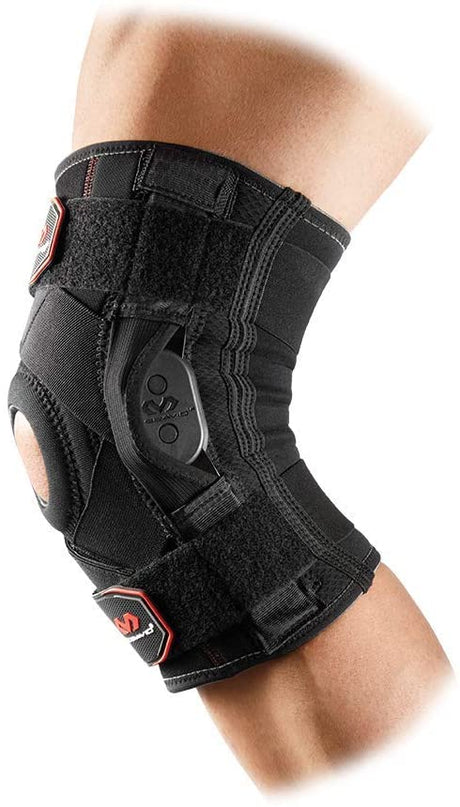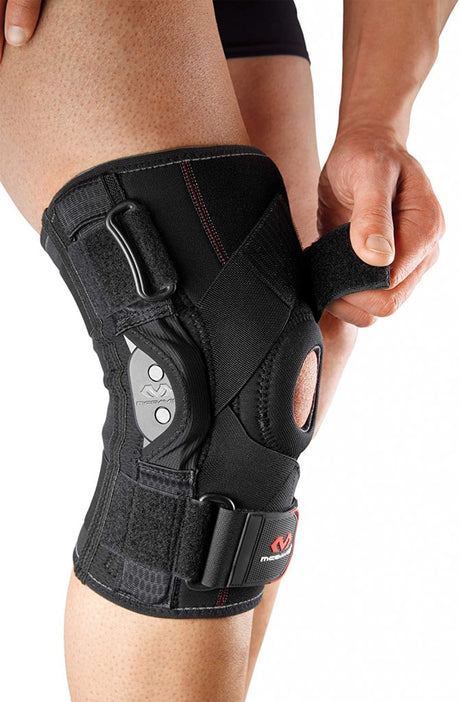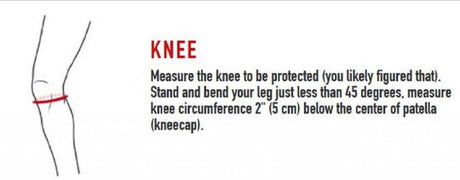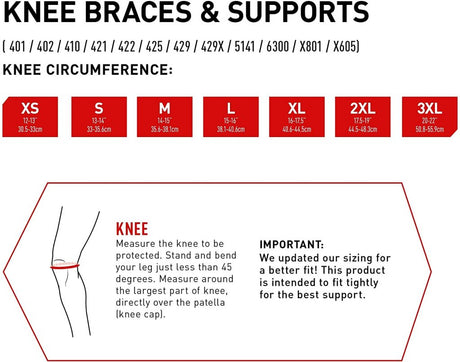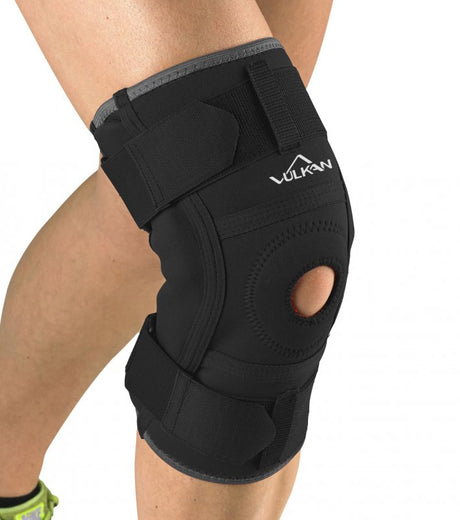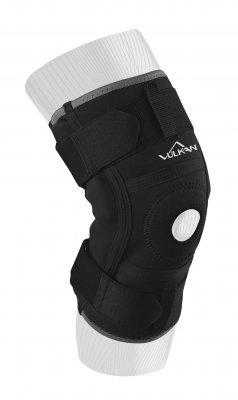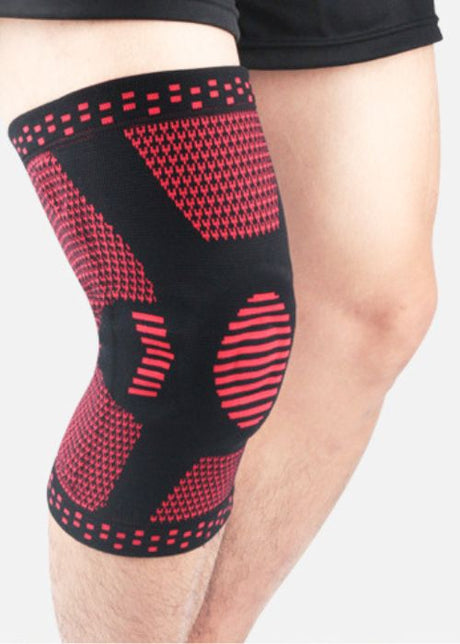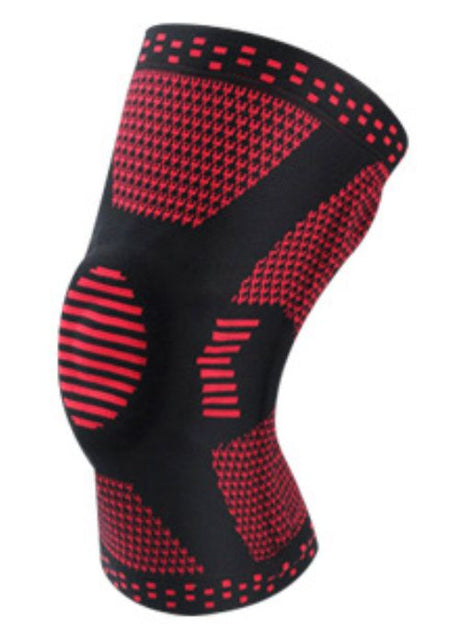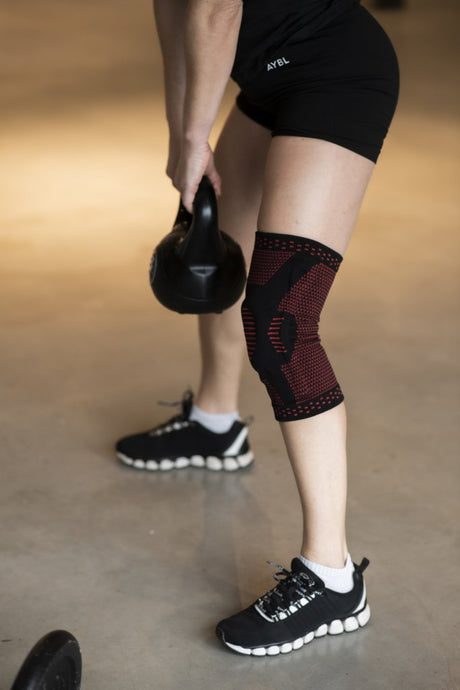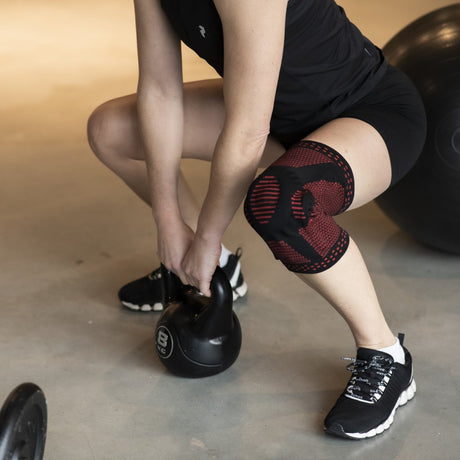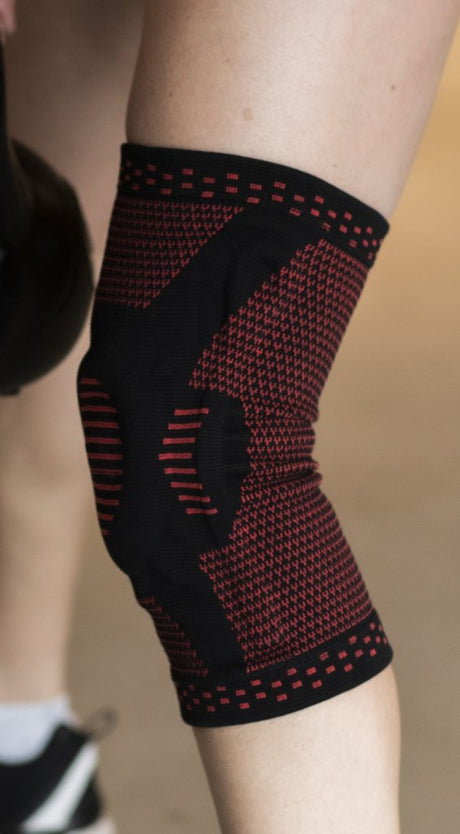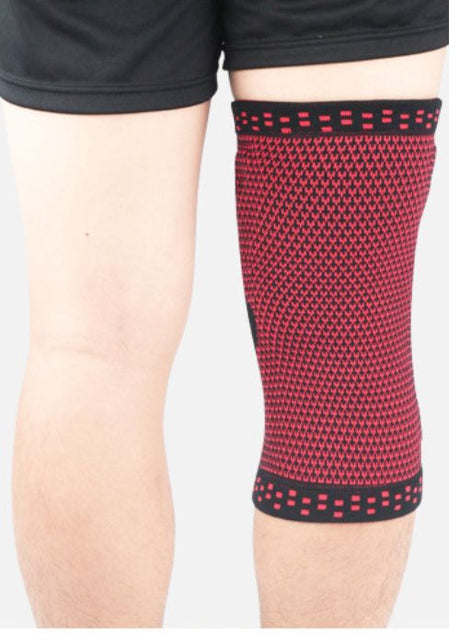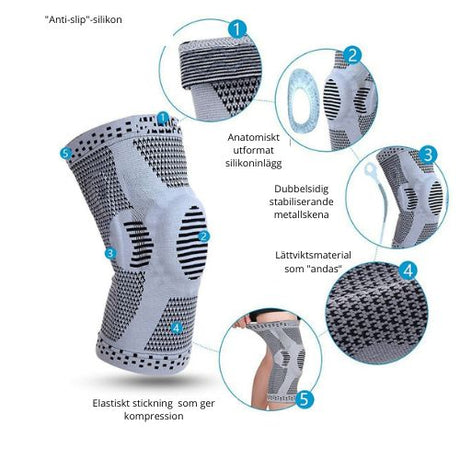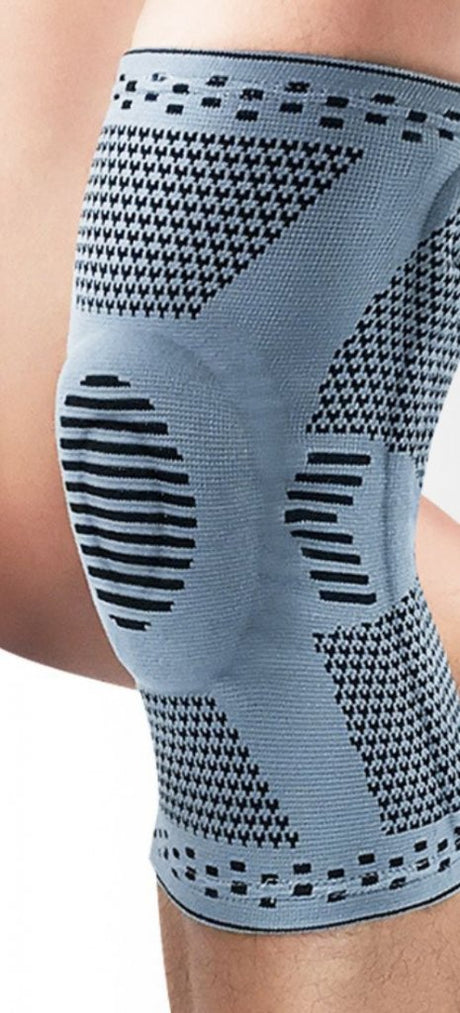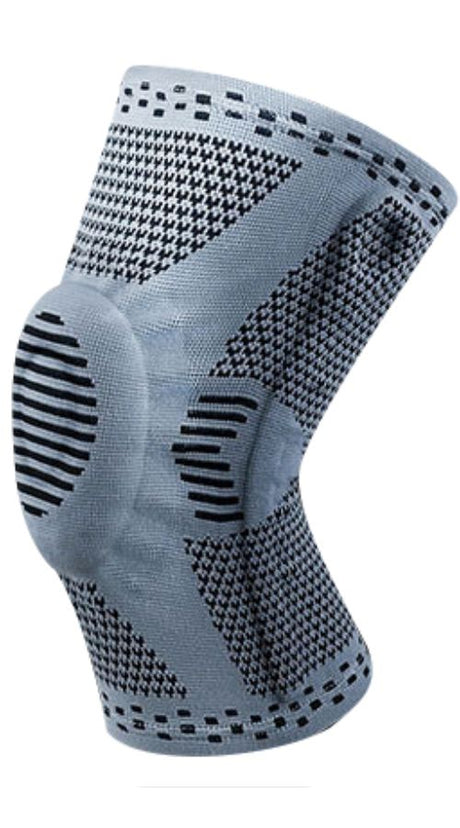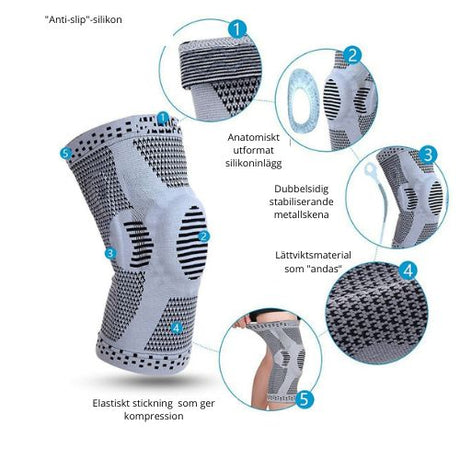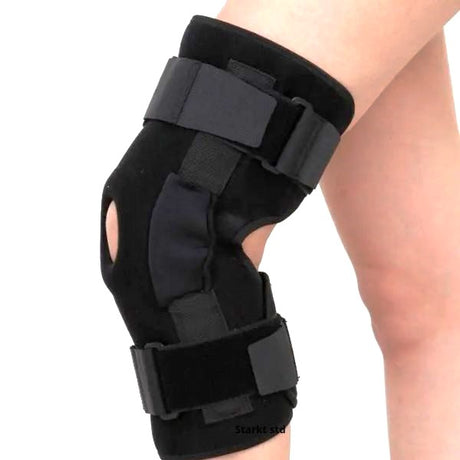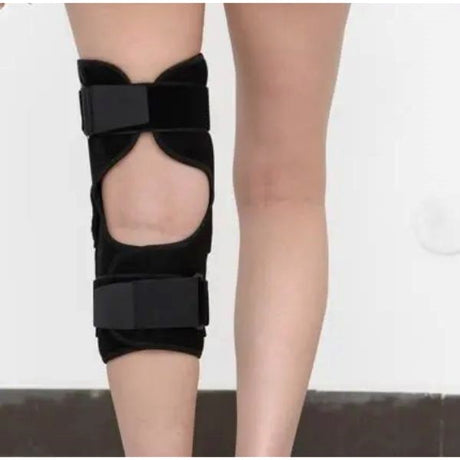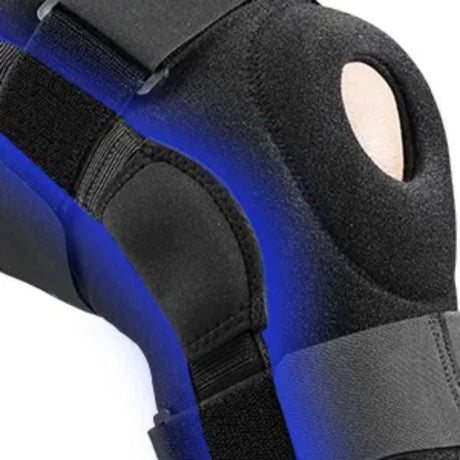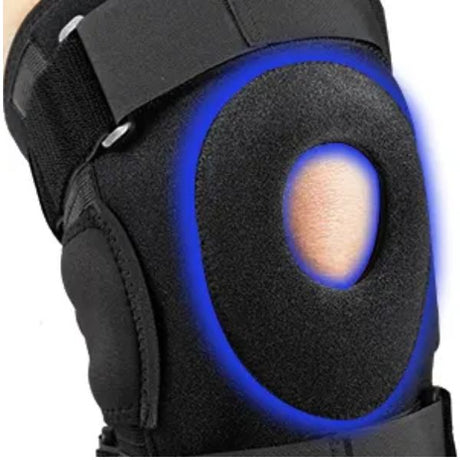- Up to 33% off
Knee protection Stable - Black
Sale price €39,90 EUR Regular price €59,90Unit price /Unavailable - Regular price €74,88 EURUnit price /Unavailable
- Up to 33% offSale price €39,90 EUR Regular price €59,90Unit price /Unavailable
- Up to 33% offSale price €39,90 EUR Regular price €59,90Unit price /Unavailable
- Regular price €87,38 EURUnit price /Unavailable
Why use a knee brace for meniscus tear?
A knee brace for meniscus tears & injuries provides support and compression to the knee joint, which helps to stabilise it and prevent unwanted twisting or rotation that can aggravate the injury. The compression also improves blood circulation, which can reduce swelling and facilitate the healing process. By keeping the knee in the correct position, a brace can reduce the risk of further injury during everyday activities or sports. It also has a preventative function by providing continuous support around the joint to relieve pain, improve mobility and protect against overload while the meniscus heals.
If you have a meniscus injury, you can combine one of our stabilising knee braces with other common-sense treatments to support recovery and reduce pain:
- Physical activity: Gentle, controlled movements help maintain joint function and prevent stiffness. Low-intensity exercises such as swimming, cycling and water aerobics can help maintain mobility without overloading the meniscus.
- Strength training: Strengthening the muscles around the knee – especially the quadriceps, hamstrings and hip muscles – can stabilise the joint and reduce the load on the meniscus. The exercises can be done at home or at the gym, with or without resistance equipment, under supervision if necessary.
- Shock-absorbing shoes and insoles: The right shoes and supportive insoles can help improve posture, absorb shock, reduce stress on the knee and distribute weight more evenly, which is especially important during recovery.
- Rest and rehabilitation: Allowing time for healing, combined with guided physiotherapy, can prevent the injury from worsening. Anti-inflammatory strategies, controlled movements and proper support are important during the early stages.
Different knee braces and knee supports
We offer a wide range of knee braces with different designs and functions. The main purpose of a knee support is to provide stabilisation, support and relief during activity and rest, helping you to manage pain and protect the injured meniscus. Our range includes options for every type of meniscus injury, whether it is the anterior or medial meniscus, as well as degenerative meniscus damage.
Elastic knee supports – perfect for rehabilitation
An elastic knee support provides gentle, even compression to relieve knee pain while being comfortable for everyday use. It is made from materials that provide support without restricting movement and promote optimal joint function, warmth and circulation, which can facilitate rehabilitation by reducing stiffness and supporting healing.
This support is particularly suitable for active people and athletes, as it can be worn during sports or exercise to maintain stability and confidence. Its lightweight, supportive design helps protect the meniscus, encourages proper movement patterns and is also used as part of recovery after surgery or treatment for minor meniscus injuries.
Knee braces with splints - extra stability
Knee supports with stabilising splints are designed to provide maximum stability for people with significant instability or weakness in the knee due to meniscus injuries. The side splints guide and support movement and prevent twisting or overextension that can cause pain or aggravate the injury. These options provide a secure grip around the knee, and some options even have a lock so that it can be held in place when you are at the stage of healing where you need reliable stability.
This type of brace is ideal for people with moderate to severe meniscus injuries who need robust structural support during activity, helping to control movement and redistribute load to protect the healing tissue.
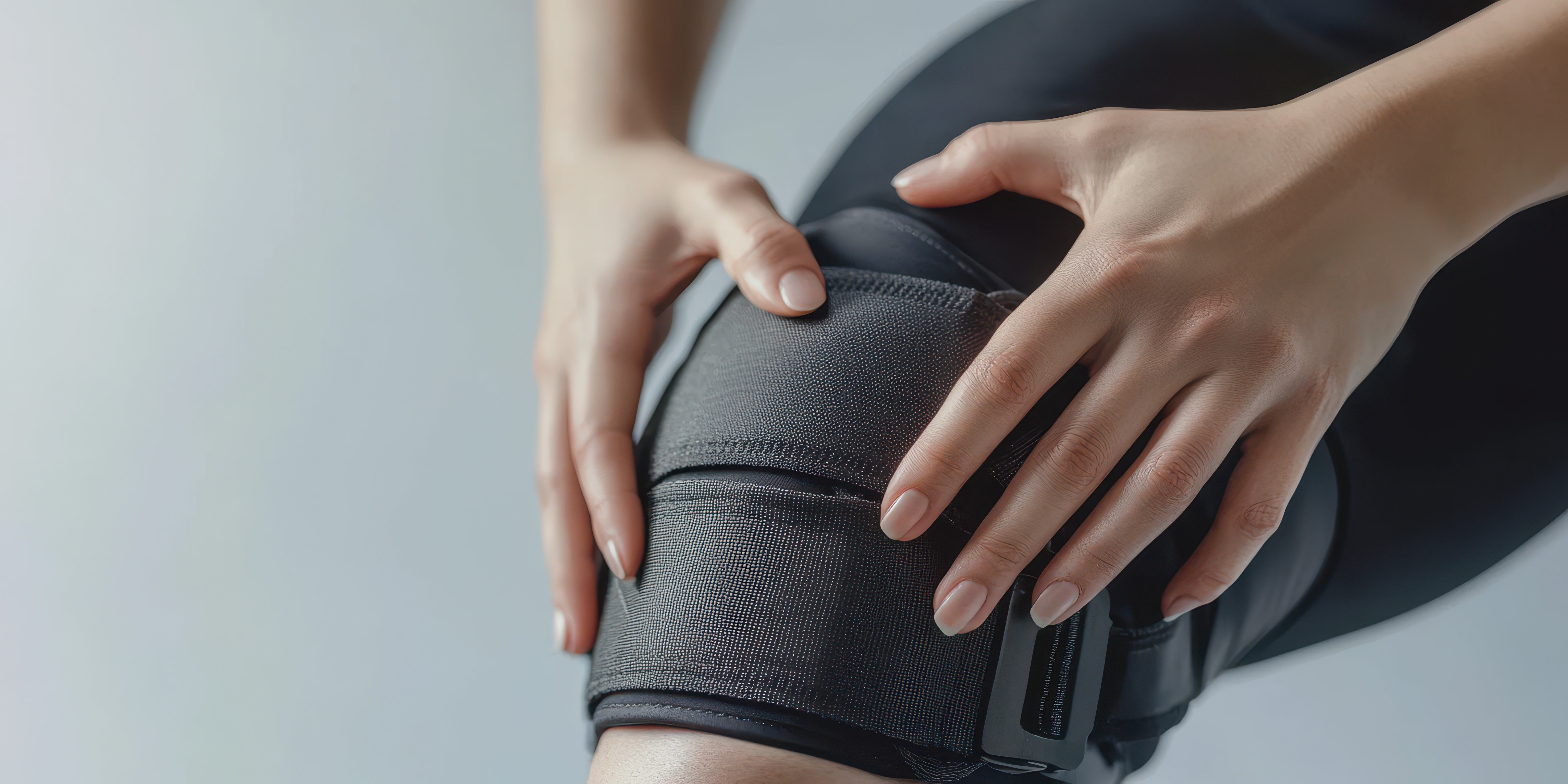
What are the benefits of using knee braces for meniscus injuries?
Knee braces stabilise the knee and activate the muscles around the knee joint, helping to relieve pressure on the menisci. They also counteract swelling and pain in the knee and often have splints that prevent unnecessary movement.
What symptoms may indicate a meniscus injury?
Symptoms of a meniscus injury can include difficulty fully extending the leg, sharp knee pain when bearing weight and twisting, pain when squatting, swelling, stiffness when standing up from a sitting position, and a dull ache on the inside of the knee. However, there are different types of meniscus injuries, and their symptoms can manifest in different ways.
How does a meniscus injury occur?
Meniscus injuries can occur on both the inside and outside of your knees. In younger people, this often happens during sports or other physical activities involving forceful twisting, while in older people it can happen with slight movements such as standing up from a squatting position.
What should you do in the event of a meniscus injury?
In the case of acute meniscus injuries, the RICE principle should be followed: rest, ice, compression and elevation. After the acute phase, rehabilitation training can begin, preferably under the guidance of a physiotherapist. Knee pads can be used as a supplement.
